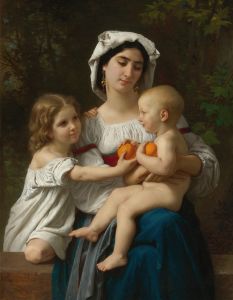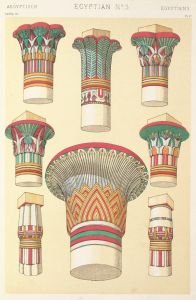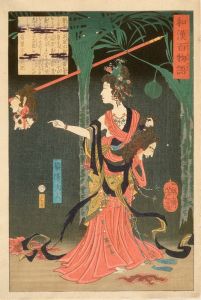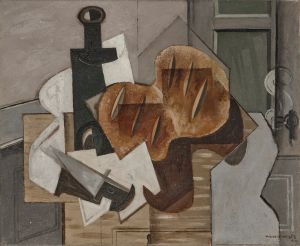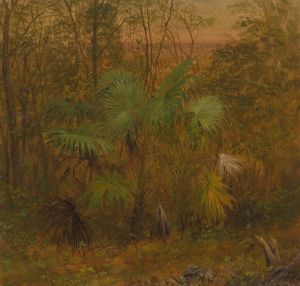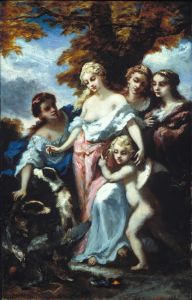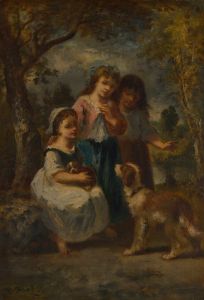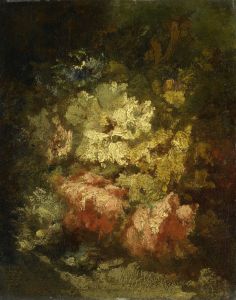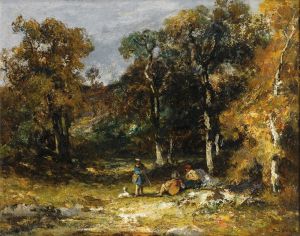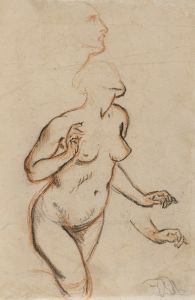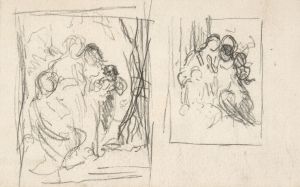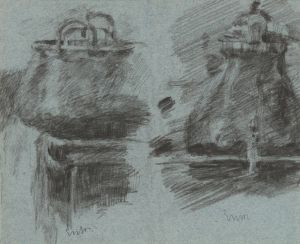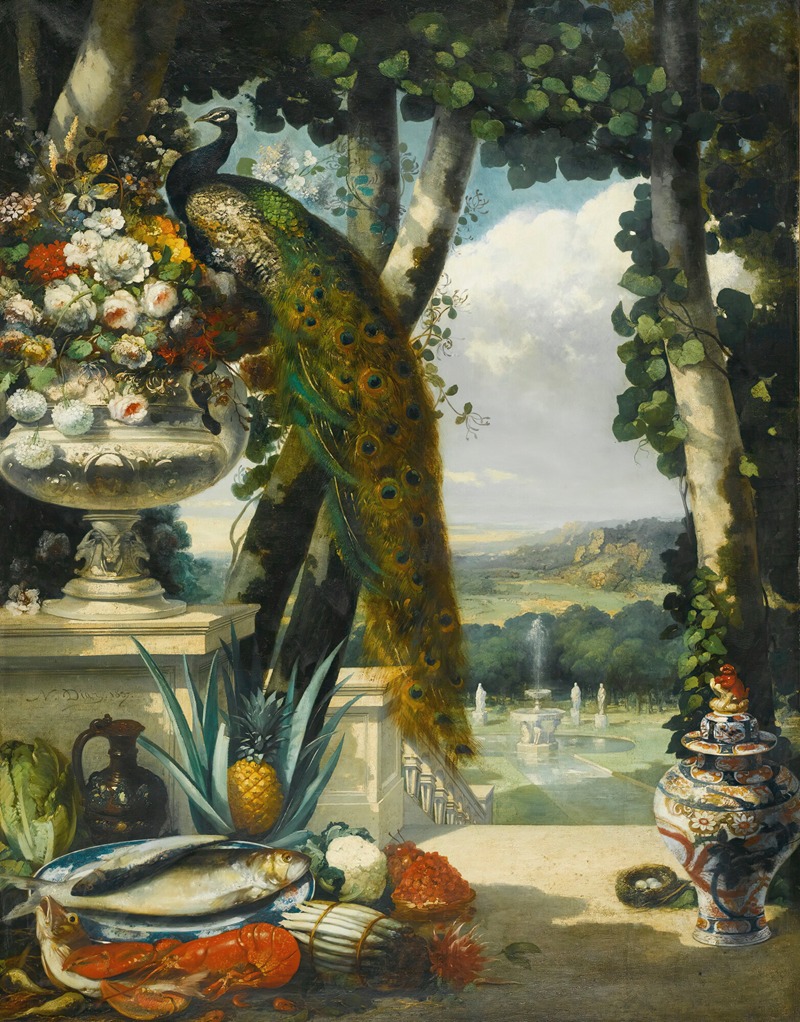
Still life with peacock, flowers, fruit and japanese vase, an extensive park landscape beyond
A hand-painted replica of Narcisse-Virgile Diaz de La Peña’s masterpiece Still life with peacock, flowers, fruit and japanese vase, an extensive park landscape beyond, meticulously crafted by professional artists to capture the true essence of the original. Each piece is created with museum-quality canvas and rare mineral pigments, carefully painted by experienced artists with delicate brushstrokes and rich, layered colors to perfectly recreate the texture of the original artwork. Unlike machine-printed reproductions, this hand-painted version brings the painting to life, infused with the artist’s emotions and skill in every stroke. Whether for personal collection or home decoration, it instantly elevates the artistic atmosphere of any space.
Narcisse-Virgile Diaz de La Peña, a prominent French painter of the 19th century, is renowned for his contributions to the Barbizon School, a movement that emphasized naturalism and was a precursor to Impressionism. One of his notable works, "Still Life with Peacock, Flowers, Fruit and Japanese Vase, an Extensive Park Landscape Beyond," exemplifies his skill in combining elements of still life with landscape painting, showcasing his versatility and attention to detail.
Diaz de La Peña was born on August 20, 1807, in Bordeaux, France, and was of Spanish descent. He faced numerous challenges early in life, including the loss of his father and a leg amputation following a snake bite. Despite these hardships, he pursued an artistic career, initially working as a porcelain painter before transitioning to canvas. His early experiences with decorative arts likely influenced his later works, which often feature rich textures and vibrant colors.
The painting "Still Life with Peacock, Flowers, Fruit and Japanese Vase, an Extensive Park Landscape Beyond" is a testament to Diaz de La Peña's ability to blend different artistic genres. In this work, he combines the traditional still life elements of flowers, fruit, and a vase with the grandeur of a landscape, creating a composition that is both intricate and expansive. The inclusion of a peacock adds an exotic touch, while the Japanese vase reflects the 19th-century European fascination with Asian art and culture, known as Japonisme.
Diaz de La Peña's use of color is particularly noteworthy in this painting. His palette is rich and varied, with deep blues, vibrant reds, and lush greens that bring the scene to life. The textures of the peacock's feathers, the delicate petals of the flowers, and the smooth surface of the vase are rendered with meticulous attention, demonstrating his mastery of different materials and surfaces.
The landscape in the background provides a sense of depth and context, suggesting a park-like setting that extends beyond the immediate still life arrangement. This integration of landscape elements is characteristic of the Barbizon School, which sought to capture the beauty of nature and the interplay of light and shadow. Diaz de La Peña's work often reflects this interest in natural settings, and his landscapes are celebrated for their atmospheric qualities and emotive power.
Throughout his career, Diaz de La Peña was associated with other notable artists of the Barbizon School, such as Théodore Rousseau and Jean-François Millet. His works were well-received during his lifetime, and he exhibited regularly at the Paris Salon. Despite facing criticism from some quarters for his loose brushwork and bold use of color, Diaz de La Peña remained a respected figure in the art world.
"Still Life with Peacock, Flowers, Fruit and Japanese Vase, an Extensive Park Landscape Beyond" is an exemplary piece that highlights Narcisse-Virgile Diaz de La Peña's artistic achievements. It reflects his ability to merge different artistic traditions into a cohesive and visually striking composition. Today, his works are held in high regard and can be found in major museums and collections worldwide, continuing to inspire and captivate audiences with their beauty and complexity.





